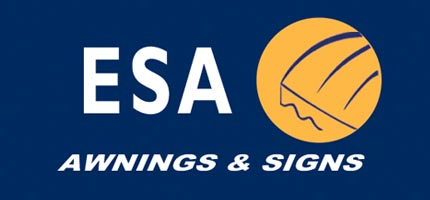Store Front Awnings: Uses 26 January, 2021 – Posted in: All Services
Store Front Awnings: Uses

Store front awnings can work just as well beyond the street level as more than 6 feet (2020 mm), provided the entire awning is not less than 6 feet from the pavement or curb line, and it does not exceed 12 feet in length or width. They can also be used over gazebos, patios, balconies, and decks. Some of the more popular materials include aluminum, vinyl, plastic, and wood.
Store front awnings can be installed on buildings over one story. They can also be used on structures with a porch or gazebo. Awnings can be used for patios, porches, and decks in the same way. If you are installing an awning over a deck, then you need to check the deck’s construction and make sure the railing can support the weight of the deck. Some deck awnings will provide extra support when the deck is constructed from metal or aluminum.
Awnings are installed on buildings over a sidewalk, but they do not protect the building from the elements as do a deck or balcony awnings. Storefront awnings can be installed at the entrance of a building. They can also be used to extend the exterior of a building. Storefront awnings can be used to cover a driveway or walkway. This will protect the driveway or walkway from weather damage but will not provide any protection to the building itself.
Awnings are sometimes called umbrella awnings. They can be used on both sides of a building or house, and they can be used to shade the outside of a building and the inside of it. The amount of shade depends on the type of material used to create the dome awnings. Storefront awnings are available in a variety of colors and designs and some come with an option for shading or light filtering.
Awnings are usually designed to provide a limited amount of shade. They can be used on gazebos, patios, balconies, decks, porches, and decks. Awnings are most useful on structures that receive direct sunlight because they shade the structure from direct sunlight. They can also be used on buildings, patios, and porches that receive indirect sun exposure but are not used to shade the entire building.
Store front awnings can provide protection from wind, rain, and snow. Wind can damage roofing materials and shingles. Rain can damage the roof and cause rot, mold, and mildew. Snow can damage building materials and roof shingles.
Awnings are not used as a cover to protect a building from rain or snow. Awnings should only be used on a building or structure if there is a direct path between the front and back of the building. The only reason to use awnings on a building is to shade the interior of the building from the elements.
Store front awnings should never be used on vehicles. If a carport or trailer is being used as a carport, it cannot be used to cover the vehicle from the elements. Awnings should only be used for decorative purposes.
Awnings are also great for use on boats. The awning can be used to provide shade to the inside of the boat and to add safety by preventing the boat from moving around while under the shade of the awning. This type of awning can be used to prevent sunlight from hitting the glass and to provide cover for the boat’s interior while it is being stored.
Awnings can be used to protect the interior of a house or building as well. Most storefront awnings can be used to cover the interior of a house or building. They can be used to provide cover and protection from wind and rain.
Store front awnings are also great for protecting a building from debris falling from above the building. They can be used to cover a garage from falling leaves, branches, snow, and other debris that could hurt or damage a car.
Store front awnings can be used in any place where awnings would normally be used. They are often used in conjunction with a building or deck or patio.
 (323) 441-0108
(323) 441-0108
